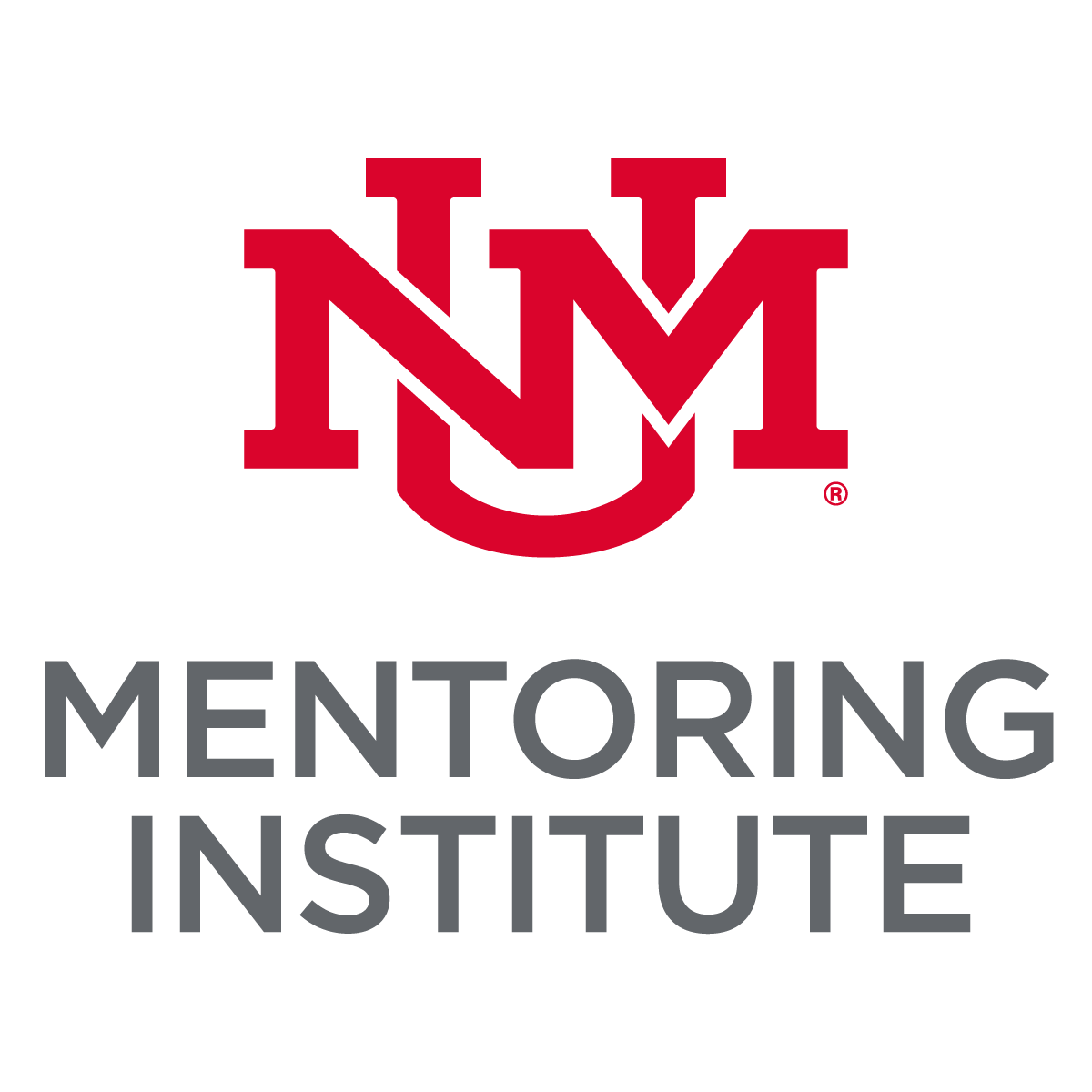Interview with Erica Mitchell, Martha A. Cocchiarella, Carlyn Ludlow, and Pam J. Harris from the Mary Lou Fulton Teachers College at Arizona State University
August 2, 2018Please describe the goal and purpose of your mentoring program.
The Mary Lou Fulton Teachers College at Arizona State University offers bachelor's and master’s degree programs which prepare graduates to thrive as educators in schools and other learning environments. We believe the foundation of developing thriving students requires academic units to function with a student-centric approach, holistically supporting student learning in personalized ways. Functioning with an asset-based mindset, our SOS mentoring model fosters intentional relationships between faculty, staff, and students, supporting students’ mental well-being, financial understanding, and involvement within the college and the community both in and outside of the classroom. Through our mentoring program, our goal is to empower future educators with skills and knowledge needed to successfully complete their degree resulting in increased retention and persistence rates. (Erica Mitchell, MEd, Executive Director, Academic Services)
What academic/personal problems were these students facing that led you to create this program?
In 2012, the Mary Lou Fulton Teachers College at ASU embarked on a large-scale reform, known as iTeachAZ. Significant to the changes were the broad idea that literacy skills be taught across the curriculum, including the areas of science, social sciences, and math; and the revamping of math curriculum to focus on problem-solving strategies.
iTeachAZ transformed teacher preparation by providing increased hands-on experiences and doubling the amount of time spent in clinical experiences and requiring a full year supervised student teaching residency in a partner school district, which follows the Professional Development School model. iTeachAZ increased rigor by (a) increasing the number of math courses required for preservice teachers from two to five; (b) adding science content classes; (c) utilizing the research-based observation instrument developed by the System for Teacher and Student Advancement (TAP); and (d) applying letter grades to student teaching rather than a pass/ fail option. Additionally, preservice teachers were evaluated regularly on a professionalism rubric that helped transition them from student identity to professional teacher identity and dispositions. Finally, the courses that accompanying the full-year student teaching were moved from ASU campuses to 25 partner school districts, resulting in a huge shift in community embeddedness. As a result of these reform efforts, two issues surfaced. First, more students were at risk of failing both professionally and academically due to the increase in rigor and second, there was a time lag in corrective feedback to students when concerns arose during their program. (Martha A. Cocchiarella, PhD, Clinical Associate Professor)
How does this program address the above problems, and what are some of the outcomes students take away from participating in it?
The SOS collaborative team envisions a system that reflects a person-centered planning with goal setting, coaching and mentoring, progress tracking through corrective feedback, and time sensitivity. In person-centered planning, a team of professionals uses available resources to meet the unique needs of each individual. In our case, we want the student to be at the center of the planning and to participate in generating and solving their own problems, with a specific timeline for implementation, evaluation, debriefing effectiveness, and the identification of possible resources.
This system includes identifying and supporting students with mental health issues, financial concerns, personal and family matters, disabilities, first generation students, and those that struggle from moving from a student mindset to an educator mindset. Students leave with tools and strategies to overcome challenges that might otherwise have seemed hopeless. (Martha A. Cocchiarella, PhD, Clinical Associate Professor)
Please describe the process students go through during the course of this program.
We consider all students, beginning in their freshman year, to be part of the Mary Lou Fulton Teachers College where services, such as the SOS system are employed. Before entering the iTeachAZ program in their junior year, undergraduate teacher candidates take courses designed to coincide with their needs as teachers and strengthen their preparation in the disciplinary understandings that they will bring to their teaching. This preparation provides important background for their pedagogy courses and sets the stage for their successful classroom practices iTeachAZ.
Graduate students begin clinically embedded field experiences as early as their second semester. Students are provided qualified, trained mentors and university provided supervisors for all field experiences prior to and including student teaching. Our students are considered members of our teacher preparation community beginning the first day they decide to enroll in MLFTC and con- tinue to be members of our professional teacher community long after they are graduate. (Carlyn Ludlow, PhD, Clinical Assistant Professor)
What problems have you yourself encountered over the course of developing your program?
Several issues initially presented challenges in implementation. The first challenge was trying to conduct meetings with students and designated administration/advocates across four campuses in the Phoenix area. The distance between campus and K-12 school internship sites can be up to 50 miles and/or 1.5 hours in traffic. To address this challenge, we held meetings on designated days in a central location (Tempe Campus Advising Office) so that participants would have a consistent schedule and location. Previously, we attempted to hold meetings on all four campuses, which became too time consuming for faculty and staff. Further, we used digital or phone meetings when an in-person meeting was not feasible. A second challenge was distributing meeting outcomes in a timely manner to key stakeholders. To address this issue, we created and refined a near real time data dashboard system. The system allows students and relevant faculty/staff to access goals/progress through a secure log in. (Pam J. Harris, PhD, Clinical Assistant Professor)
What are your future plans for this program? Is there anything else you believe could be further explored or expanded upon?
We hope to create a continuous improvement loop through surveying students and faculty on the features of the program they currently find valuable and what features we could add or improve on in the future. Our goal is to continue to assist students in a helpful, goal-oriented manner while maintaining both confidentiality for students and transparency in available resources. (Pam J. Harris, PhD, Clinical Assistant Professor)
Do you have any advice for others who may want to begin a sim- ilar program at their own university?
Avoid jumping to conclusions about the issues you believe students are experiencing and developing a mentoring program based off an assumption. Talk to students, hold focus groups, visit classes, talk to faculty - often the problem you think needs solved is not the underlying problem that actually needs addressed. Sometimes student behavior is a result of outside factors that we may not be aware of and the behavior is symptomatic of a larger cause. Be cautious that you are not treating symptoms instead of the problem. (Erica Mitchell, MEd, Executive Director, Academic Services)



